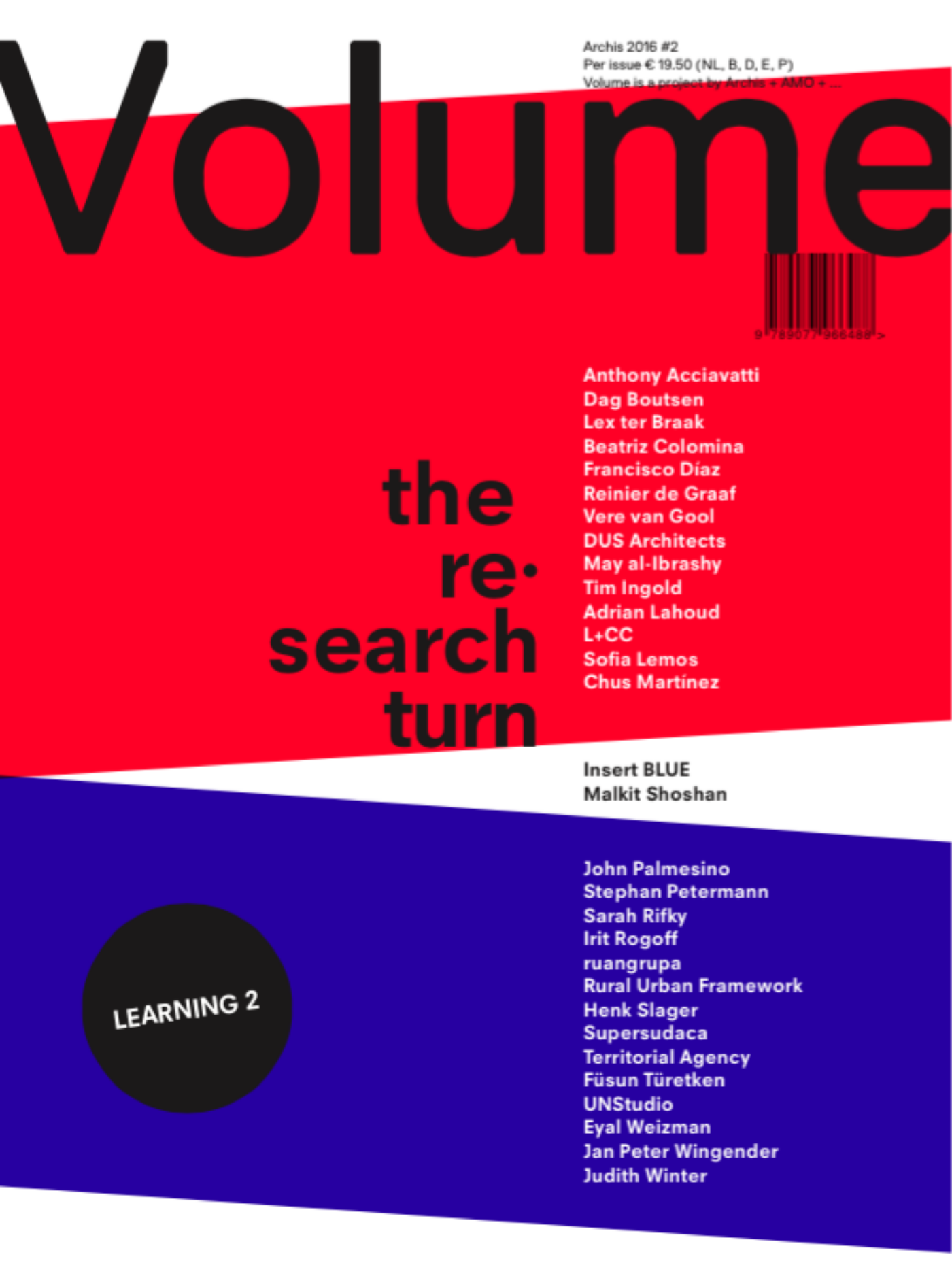
Buildings get built, inhabited, and begin to come undone. Political regimes rise, have their fun, and fall. The knowledge that goes into and comes out of such processes lives a different kind of life, though. Ideas are birthed, yet their death is an impermanent state of forget. Buildings can impress and politics can mobilize, but knowledge is wild; there’s no telling just what it will do. With immateriality comes a certain type of power, which industrialism has taught us can be wielded to virtuous effect of both benefit and harm. All it takes is setting our mind to it.
The topic of urgency haunting creative practice today cannot be seen if not in light of the knowledge economy and the question it poses of an idea’s relevancy. In spite of the immateriality of its resource, the knowledge economy – as an economy – is subject to traditional market logics such as competition, appropriation and exploitation. Whereas commodity value is basically determined by supply and demand, the valuation of knowledge is determined by potential. It is something that needs to be ‘applied’, though the meaning, mechanism and site of such application is radically contingent. The value of knowledge is thus inherently speculative, which as we’ve seen over the past decades couples quite nicely with finance.
In 2012 alone, industries that produce or use intellectual property contributed over five times as much value to the United States economy – $5.06 trillion1 – as did the construction industries.2 In a strange sense, there is an enormous amount of investment being made into the future. Yet whose future, and of what kind? ‘Research and development’ has become the general economic category for processes of knowledge production. R&D has always been an imperative for market economies, yet the extent to which value is placed on knowledge today forces us to reconsider its social role and our relation to it.
Research is conducted and used in countless ways, yet it tends to draw from the space it is performed within. Research produces knowledge, but often speaks to and acts upon disciplinary traditions of knowledge production. Take architecture, for instance: both Le Corbusier’s research into the architectural application of industrial processes and, following him, Robert Venturi, Denise Scott Brown and Steven Izenour’s research into American pop architecture led to radical transformations in the thought and practice of architecture. What we can witness in these two examples, which are just two of a countless many, is the way research reconfigured the relationship between what was considered to fall on either side of Architecture’s disciplinary border.
The historical trajectory of architecture is affected by changes that, albeit taking place within the worlds where it operates, lay far beyond its grasp of its creative agency. In this sense research presents an opportunity for architecture to control the affect of these changes. To return to the examples above, Le Corbusier responded to the nascency of industrial society, whereas Venturi, Scott Brown and Izenour responded to the aberrancy of modern urbanity. These two examples, whose research effectively laid the grounds for modern and postmodern architecture, respectively, were able to carve out spaces of creative autonomy by regarding social history with critical sensitivity. As an act of responding, research is ultimately determined by its position.
This issue of Volume – the second in our series on learning – is dedicated to mapping the contemporary field of research in architecture and beyond. Conditions of knowledge production are infrastructural. It’s for this reason that we felt it appropriate to give a survey of research over the past two decades the name of a ‘turn’. We expanded our gaze and looked to contemporary art and the social sciences in an attempt to learn from fellow discursive practices. What follows is an issue comprised entirely of dialogues – a first for Volume – whose character ranges from interviews to conversations. We wanted to learn from individuals whose stories and experiences we understood as being instrumental in shaping the contemporary field of creative knowledge production. The survey we took is in no way comprehensive or exhaustive, but it does begin to reveal the contours of the ground and identify landmarks in the today’s discursive landscape.
Economics and Statistics Administration and United States Patent and Trademark Office, ‘Intellectual Property and the U.S. Economy: Industries in Focus’, March 2012. At: www.uspto.gov/sites/default/files/news/publications/IP_Report_March_2012.pdf (accessed 29 April 2016).
U.S. Department of Commerce, ‘U.S. Census Bureau News’, 3 February 2014. At: www.census.gov/const/C30/release.pdf (accessed 29 March 2016).